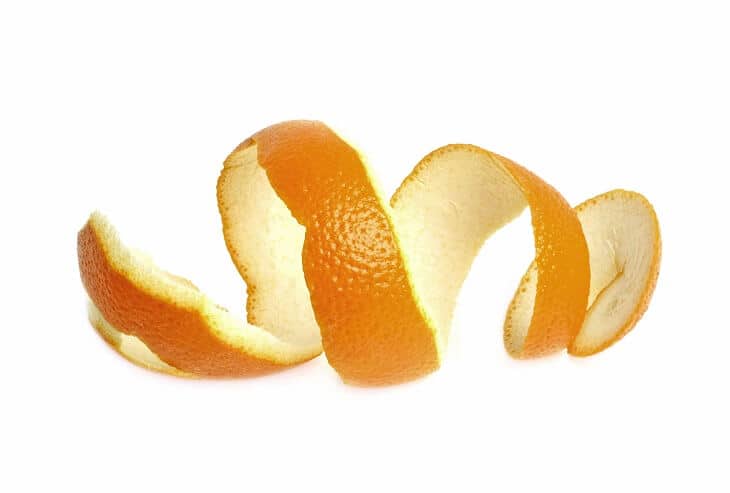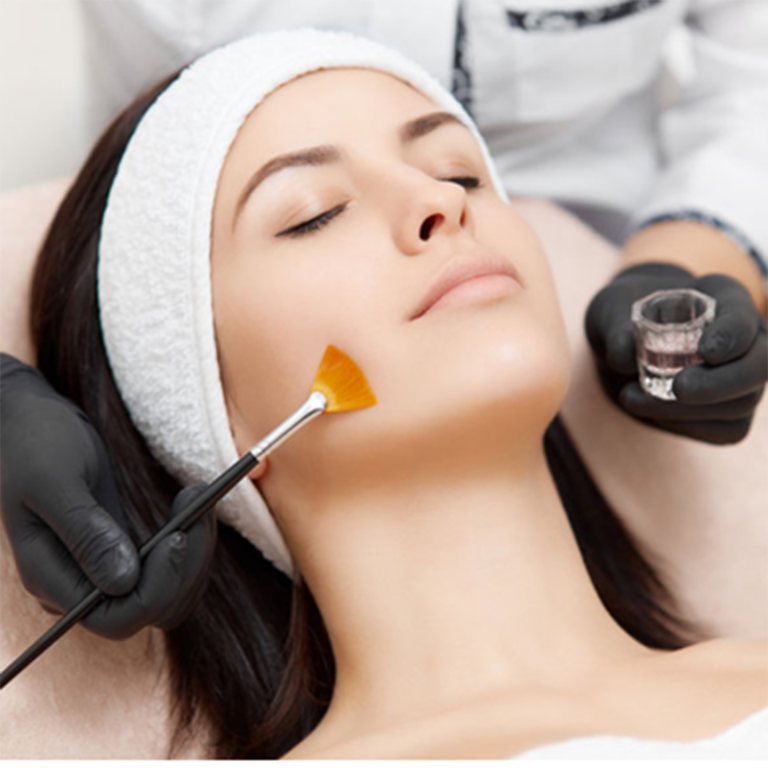Facial Peeling
Ageing is natural but it doesn’t mean that your skin should look tired and lose the natural glow. Chemical facial peel gives you softer healthier look. By chemical peels, we can remove the damaged cells and encourage skin rejuvenation. Chemical peel evens out your skin texture and addresses multiple skin problems such as pigmentations, fine lines, melasma and acne scars. Chemical peel is most commonly performed for cosmetic reasons. However, chemical peel may also help remove pre-cancerous skin growths, soften acne facial scars and even control acne.
The most common types of chemical solutions used for chemical peels are: – Alphahydroxy acids (AHAs), such as glycolic, lactic, or fruit acids, are the mildest of the peel formulas and produce light peels. AHA peels may be used to treat fine wrinkling, areas of dryness, uneven pigmentation and acne – Trichloroacetic acid (TCA) can be used in many concentrations, but is most commonly used for medium-depth peeling. Fine surface wrinkles, superficial blemishes and pigment problems are commonly treated with TCA.

Chemical facial peeling will help with:
- skin texture
- pigmentations
- fine lines
- melasma
- acne scars
Skin care after the facial peeling
All peels require some follow-up care: Superficial peels require one to seven days to heal. Treated skin will initially be red and may scale. Lotion or cream should be applied until the skin heals, followed by daily use of sunscreen. Makeup can usually be worn the next day. Medium peels require seven to 14 days to heal. Treated skin will initially be red and swollen. Swelling worsens for the first 48 hours. Eyelids may swell shut. Blisters may form and break. Skin crusts and peels off in seven to 14 days. Skin must be soaked daily for a specified period, followed by ointment application. Antiviral medication is taken for 10 to 14 days. Mild lotion or cream may be applied. Avoid all sun exposure until healing is complete. Camouflage makeup may be worn after five to seven days. A follow-up appointment will be necessary to monitor progress. Deep peels require 14 to 21 days to heal. The treated area will be bandaged. Skin must be soaked four to six times daily, followed by ointment application for the first 14 days. Afterwards a thick moisturizer is applied for the next 14 days. Mild lotion or cream may be applied. Avoid all sun exposure for three to six months. Camouflage makeup may be worn after 14 days. Several follow-up appointments will be necessary to monitor progress. Sun exposure and smoking after a chemical peel must be avoided because they can cause unwanted side effects, including infection and scarring. Book an appointment with our dermal therapist at Qld Skin Clinic to discuss your best tailored skin care plan.



